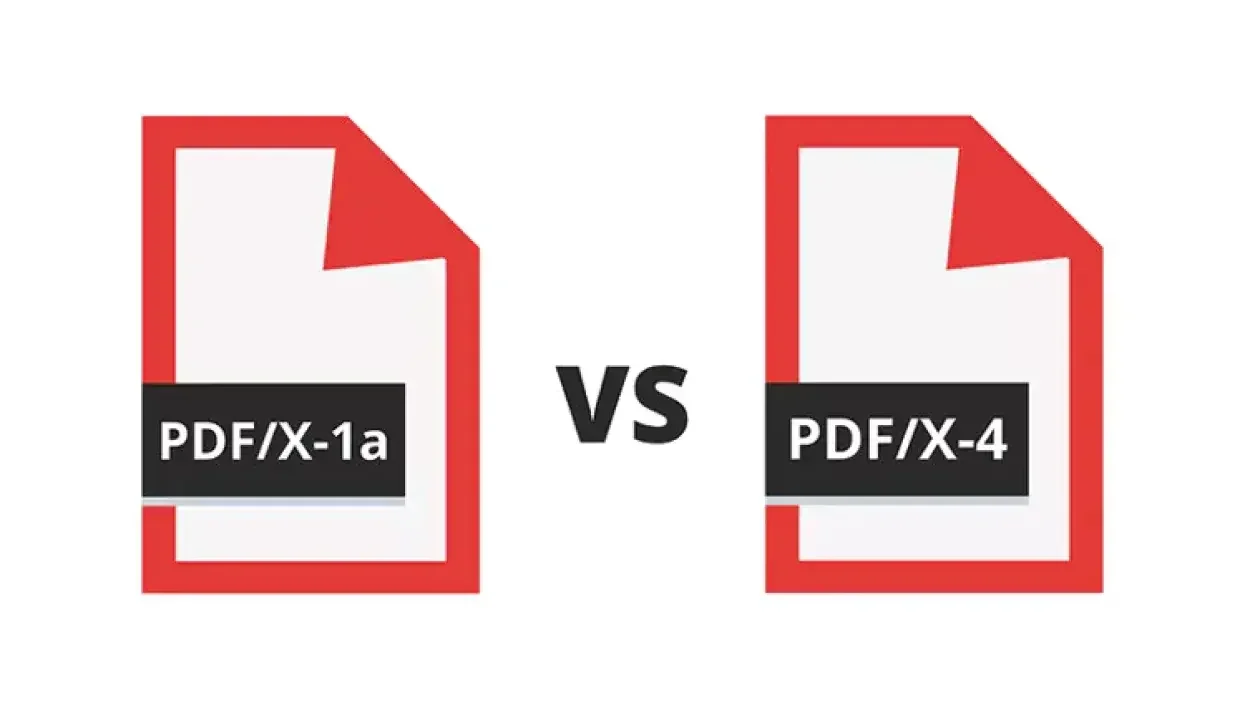Process Control
Software
Is PDF best for wide format files?
Author
FESPA Staff
Published Date
24/01/2022
Become a FESPA Member
to Continue Reading
